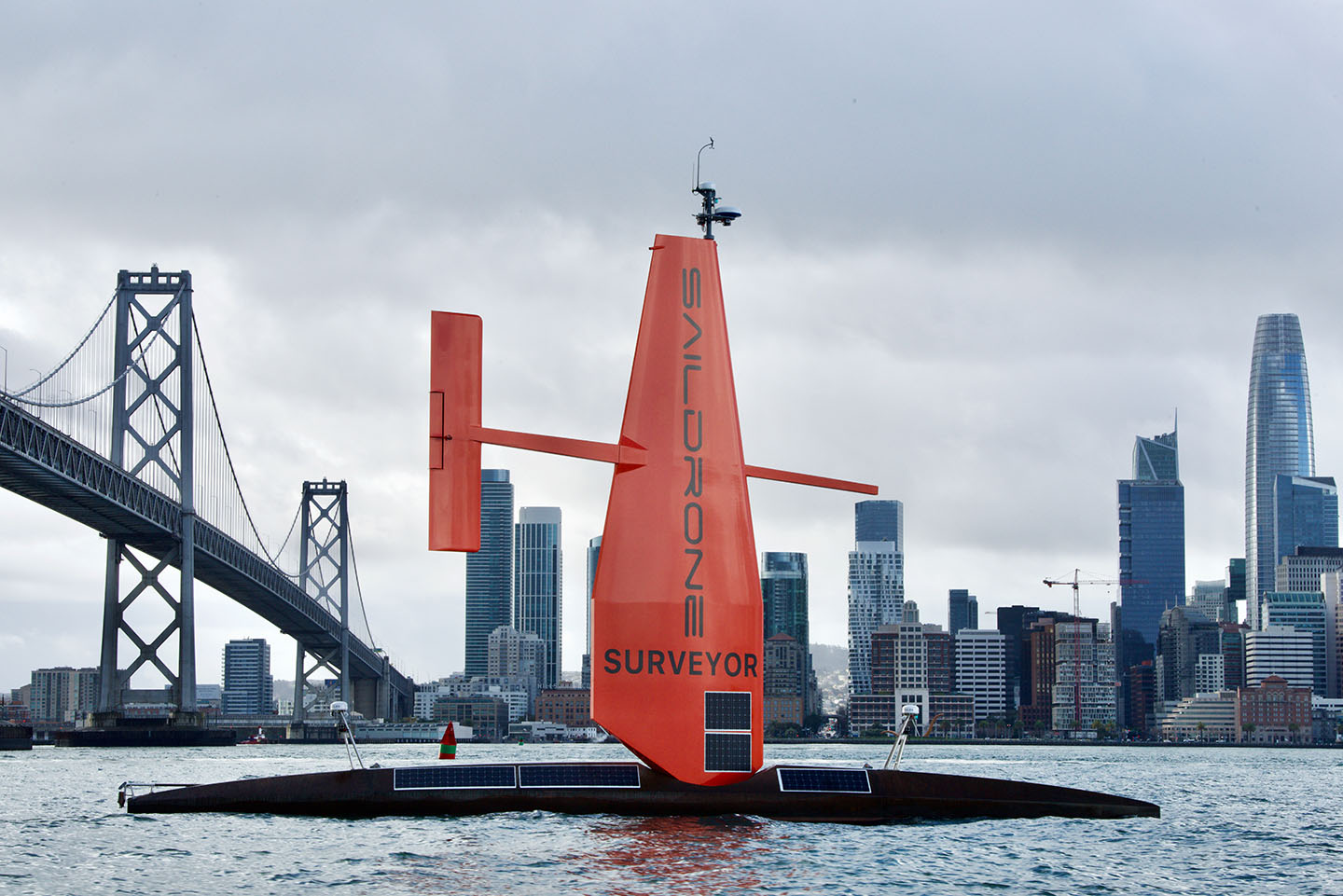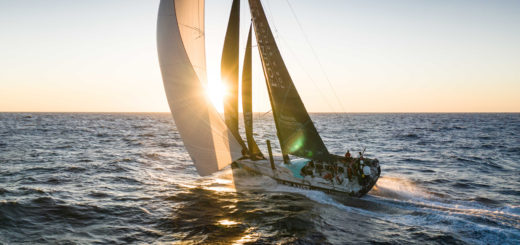Ocean Drones Helping to Mitigate Climate Change

Accelerating access to renewable energy sources is a critical element of mitigating the crisis of climate change. Saildrone’s environmentally friendly approach to enabling that acceleration is welcome news for wind farm developers around the world. Saildrone Inc. unveiled its Offshore Wind Life Cycle solutions at IPF, the premier Offshore Wind Conference held in August in Richmond, Virginia.
Showcasing the 23-foot Saildrone Explorer, Saildrone demonstrated how its uncrewed surface vehicles (USVs)—carrying state-of-the-art scientific sensors—can collect the ocean data that is critical for the planning, development, and operation of wind farms faster and at a fraction of the cost than traditional methods.
Saildrone uncrewed vehicles collect the in-situ data wind farms need in real-time—comprehensive metocean data such as wind monitoring, high-resolution ocean mapping, persistent maritime security, and even year-round ecosystem monitoring, ensuring there is no adverse impact to the surrounding marine environment.
With three vehicle classes ranging from the Explorer to the 72-foot Surveyor, Saildrone USVs are powered by renewable wind and solar energy with a minimal or zero operational carbon footprint. Without crew on board, saildrones can stay on mission from six to 12 months at a time, operating 24/7, gathering information more efficiently than by traditional manned ships, which are hard to schedule, expensive to hire, and limited to far shorter operational windows, counted in weeks rather than months.
Saildrone also provides critical infrastructure security. Saildrone’s passive acoustics, optical cameras, and advanced machine learning (ML) algorithms deliver real-time detection of anything in the vicinity of offshore wind farms—including commercial and recreational boats or other vessels that may have nefarious intentions and choose not to transmit their position. Saildrone’s ML system can also identify natural visitors like whales, seabirds, and bats to monitor environmental impact mitigation strategies.
The impressive capabilities of Saildrone’s autonomous vehicles have been proven in numerous missions for science, ocean mapping, and maritime security, covering over 500,000 nautical miles from the Arctic to the Antarctic. The Saildrone fleet has logged more than 13,000 days at sea in some of the most extreme weather conditions on the planet.
News release from: https://www.saildrone.com/



